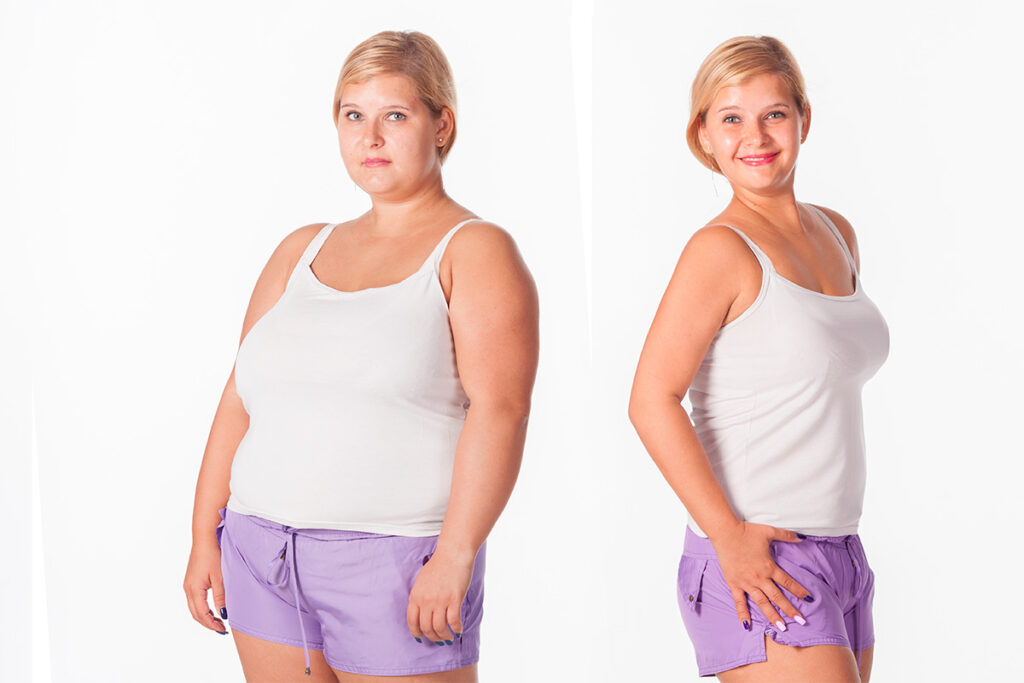- +52 664 761 5349
- contact@tijuanasurgery.com
- Paseo de los Héroes 9211 Edificio Xtal Zona Rio Tijuana BC México 22010

At Tijuana Surgery Center in Mexico , we are committed to providing high quality health care services with a personal, caring touch. While you are here, our physicians, nurses, and other staff members will work with you and your family to make your experience at as pleasant as possible.Quality Health Care: At Tijuana Surgery Center in Mexico , you will find qualified, caring health professionals. From the moment you enter, throughout your stay, and upon your discharge, you will be treated as our guest.As part of our Mission to provide “ever-improving quality health care” we believe in the philosophy of continuous quality improvement.In Tijuana Surgery Center in Mexico we like to give you a personalized treatment to each one of our patients. In our clinic you will find the highest qualified professionals and the most recent available technology that guarantee the results that you expect.We understand that we live in a world of changes and of competition, we know that quality is first, we achieve it having the best equipment, with a modern vision, that will resulting in reasonable costs without sacrificing results . You will be totally satisfied.Our plastic surgeons, bariatric surgeons and medical professionals in Tijuana Surgery Center in Mexico , are dedicated to providing the highest level of service and support to all of our clients before, during and after surgery. We constantly monitor and maintain all of the health system requirements and with all the legal permits in order to practice at our fully accredited facility.
Our Board-Certified Plastic and Reconstructive Surgeons in Tijuana surgery center in Mexico are members of distinguished organizations:
Our board certified bariatric surgeons in Tijuana surgery center in Mexico are members of distinguished organizations:

Making the decision to have a plastic and bariatric surgery is an important one, and you understandably want reassurance that you will be putting yourself in safe hands. In Tijuana Surgery Center in Mexico we are extremely proud of the specialist skills and high standards of care that we offer our patients. And they are so satisfied with the results and the care they receive that a large number of new patients now come to us following personal recommendations from their friends and family. With a personal and virtual consultations with our patient care teams and surgeons provide friendly and sensible advice, always tailored to your individual needs – to help you make the right choices so you can be assured of the highest standards of clinical excellence, expert care, privacy and comfort.

In Tijuana Surgery Center in Mexico you will find the highest qualified professionals and the most recent available technology that guarantee the results that you expect. This is the reason why we are most popular Plastic and Bariatric Surgery group in Mexico. We have been helping people transform their lives through plastic and bariatric surgery for over 15 years.
Our comprehensive aftercare is the best in the business and in particular after care policy for all our surgery procedures so we will give you the reassurance that you will receive the very best care both before, during and after your operation with us.
We pride ourselves on our after-care service. Our comprehensive and extensive post-operative care program is included in the cost of your treatment so there are no unpleasant surprises. The program serves to ensure that your recovery is as swift and problem free as possible.
Before your surgeon discharges you from hospital you will be given an instruction sheet explaining what to do and what to avoid doing following your operation. You may be given medication to take during the following week.
We have built our reputation by offering excellence in clinical care. The highly qualified and specialist surgeons in Tijuana, Mexico, who work with us and our dedicated nursing staff are among the best in the business because they specialize in plastic and bariatric surgery. We pride ourselves on the quality of our patient information, patient care and the quality of our results.
We are unique as we run our own purpose built hospitals offering the highest levels of care, privacy and comfort. At Transform you can be reassured you are in safe hands.
Contact information
Copyrights ©2022 – Tijuana Surgery Center